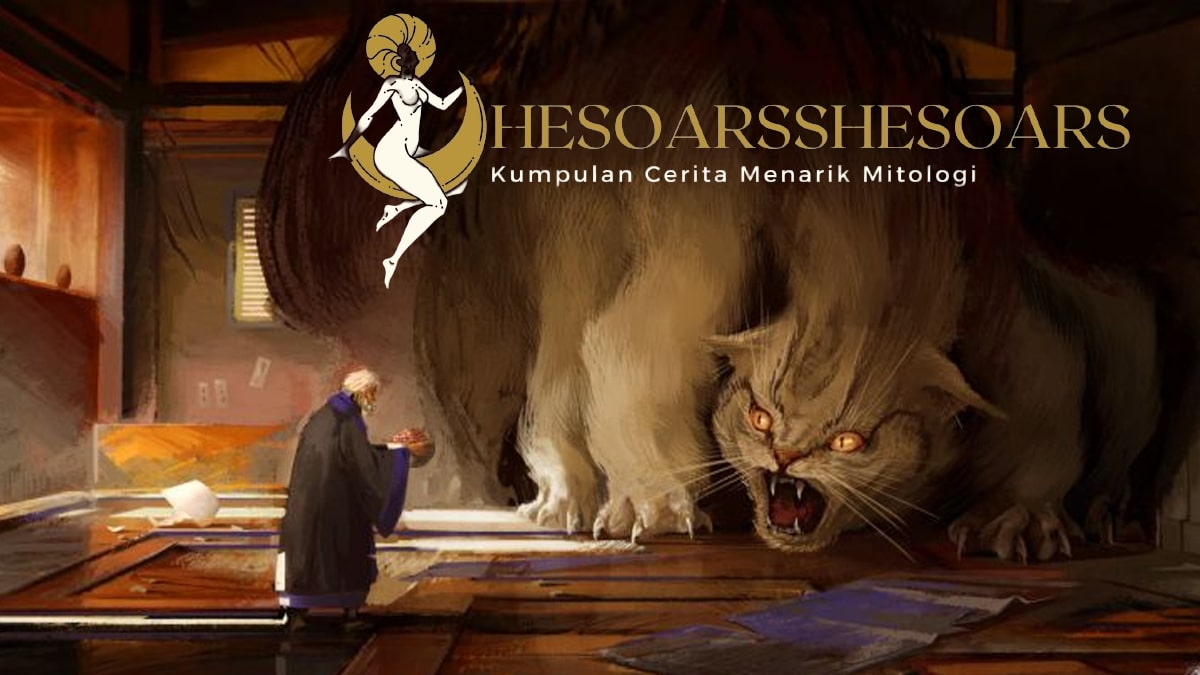Japanese mythology is a treasure trove of fascinating beings and deities, each with its unique role and symbolism. Among these captivating figures is Ungyo God, a benevolent guardian often found alongside its counterpart, Agyo, at the entrances of Buddhist temples and other sacred places. In this article, we will delve into the mythology of Ungyo, exploring its origins, significance, and cultural impact.
Origins of Ungyo God
Ungyo. Known. As Un-niō (吽王) in. Japanese, is a guardian deity with deep roots in Buddhist traditions. The name. Ungyo is. Derived from. The Sanskrit word “Hung,” representing a sacred syllable used in meditation and rituals. This sacred. Syllable. Is. Associated. With the realization of enlightenment. Ungyo’s. Character and. Role were. Developed within. The esoteric. Practices of Japanese. Buddhism particularly. In the teachings. Of Shingon Buddhism and Tendai Buddhism.
Guardian of Sacred Places
Ungyo, like its counterpart Agyo, serves as a guardian of Buddhist temples, shrine gates, and other sacred locations. Together, they form the guardian duo known as Agyo-Ungyo. Represents the fierce and wrathful aspect of protection, Ungyo embodies the benevolent and compassionate side.
Ungyo’s role is to welcome visitors to the sacred site it guards with open arms and a serene expression. It represents the compassionate and nurturing qualities of Buddhism, creating a balanced and harmonious atmosphere at the entrance of temples and shrines. It is believed. That Ungyo’s presence. Invites positive energies and blessings to those who enter.
Physical Characteristics Ungyo God
Ungyo is often. Depicted with a serene and peaceful expression. Its mouth. Is closed. Or nearly. Closed, in contrast to Agyo’s wide-open mouth. Ungyo’s hands are positioned in a specific mudra, or hand gesture, known as the “om” mudra, symbolizing the realization of ultimate truth and wisdom.
Ungyo’s appearance. Is more serene and approachable compared to Agyo’s fierce visage. Its countenance reflects the compassionate and welcoming aspect of Buddhism, encouraging people to enter the sacred space with a sense of calm and reverence.
Cultural Significance
Ungyo’s representation can be found in various aspects of Japanese culture, particularly in traditional architecture, sculptures, and artwork. Its image is often carved into temple gates and rooftops alongside Agyo, creating a harmonious and balanced entrance. This pairing of guardians has become an iconic symbol of Japanese Buddhism.
In addition to its presence in religious settings, Ungyo’s image has also influenced contemporary art, literature, and popular culture. It serves as a symbol of balance, compassion, and tranquility.
Spiritual and Symbolic Meanings
Ungyo represents the compassionate and nurturing aspect of Bodhisattvas, enlightened beings who vow to guide and assist all sentient beings in their journey toward enlightenment. Its serene expression and welcoming posture reflect the teachings of loving-kindness and compassion, central to Buddhist philosophy.
The “om” mudra made by Ungyo’s hands symbolizes the realization of ultimate truth and the unity of all things. It represents the sound of the universe and the interconnectedness of all beings.
Conclusion Ungyo God
Ungyo, the benevolent guardian of Japanese temples and sacred places, is a remarkable figure deeply embedded in Japan’s rich mythology and spiritual traditions. Its serene and welcoming presence contrasts with its counterpart, Agyo, creating a balanced and harmonious entryway to the spiritual realm. Ungyo’s symbolism is a testament to the compassionate and nurturing qualities of Buddhism, inviting all who enter to experience tranquility and reverence. Whether encountered at the entrance of a Buddhist temple or in the realms of culture and art, Ungyo continues to be a symbol of spiritual balance and benevolence.




